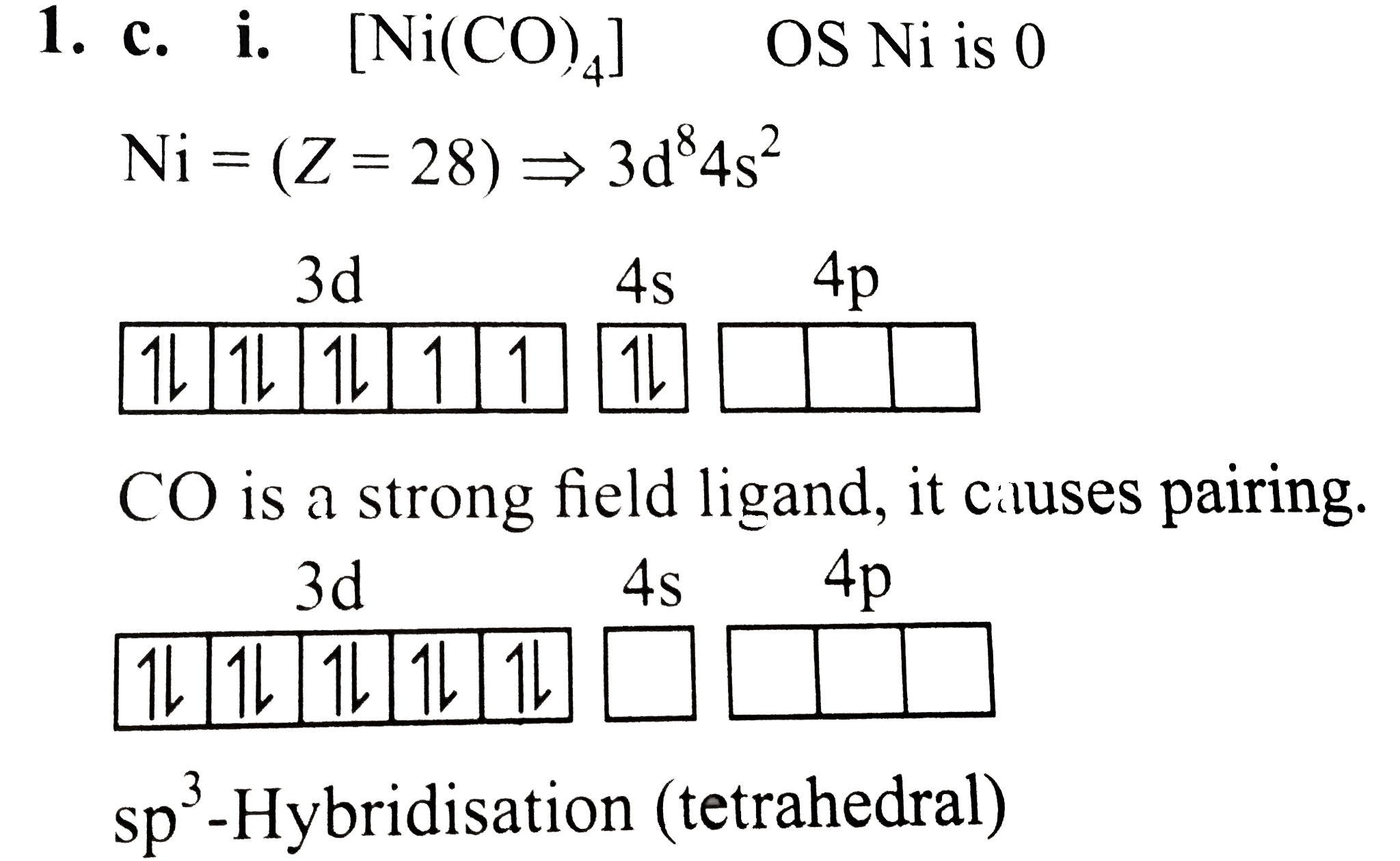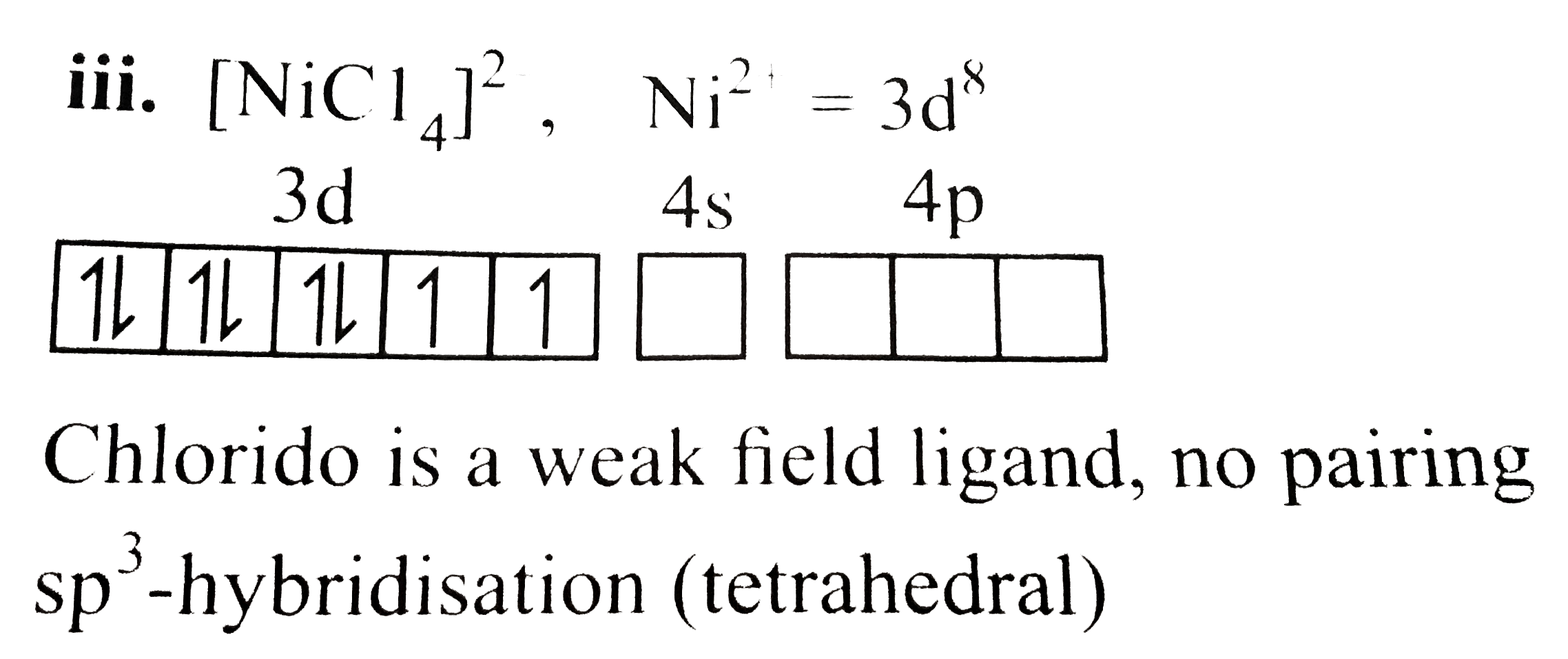A
B
C
D
Text Solution
Verified by Experts
The correct Answer is:
|
Topper's Solved these Questions
COORDINATION COMPOUNDS
CENGAGE CHEMISTRY|Exercise Archives Assertion Reasoning|2 VideosView PlaylistCOORDINATION COMPOUNDS
CENGAGE CHEMISTRY|Exercise Archives Integer|2 VideosView PlaylistCOORDINATION COMPOUNDS
CENGAGE CHEMISTRY|Exercise Archives Multiple Correct|1 VideosView PlaylistCHEMICAL KINETICS
CENGAGE CHEMISTRY|Exercise Archives Subjective|23 VideosView PlaylistD AND F BLOCK ELEMENTS
CENGAGE CHEMISTRY|Exercise Archives Subjective|29 VideosView Playlist
Similar Questions
Explore conceptually related problems
Knowledge Check
A
B
C
D
Submit
A
B
C
D
Submit
A
B
C
D
Submit
Similar Questions
Explore conceptually related problems
CENGAGE CHEMISTRY-COORDINATION COMPOUNDS-Archives Single Correct
- Among ni(CO)(4),[Ni(CN)(4)]^(2-) and NiCI(4)^(2-) .
03:16
|
Playing Now - Among the following ions which has the highest paramagntism ? .
03:58
|
Play - Which of the following is formed when excess of KCN is added to an aqu...
01:37
|
Play - The geometries of Ni(CO)(4) and Ni(PPh(3))(2)CI(2) are .
03:37
|
Play - Among the following identify the species with an atom in +6 oxidation ...
02:19
|
Play - The complex which has no d-electron in the central metal atom is .
02:23
|
Play - The pair of compounds having metals in their highest oxidation state i...
02:49
|
Play - The compound having a tetrahedral geometry is .
06:07
|
Play - The spin magnetic moment of cobalt in the compound Hg[Co(SCN)(4)] is
02:13
|
Play - Which kind of isomerism is exhibited by octahedral Co(NH(3))(4)Br(2)CI...
03:42
|
Play - The bond length of C-O bond in carbon monoxide is 1.128A The C-O bond ...
03:26
|
Play - Among the following metal carbonyls the C-O bond order is lowest in .
04:07
|
Play - Both [Ni(CO)4] and [Ni (CN)4]^(2-) are diamagnetic The hybridisation...
03:23
|
Play - The IUPAC name of [Ni(NH(3))(4)][NiCI(4)] is .
01:27
|
Play - Among the following the coloured compound is .
02:57
|
Play - The correct structure of ethylenediamineteraacetic acid (EDTA) is .
01:14
|
Play - The ionisation isomer of [Cr(H(2)O)(4)CI(NO(2))]CI is .
02:02
|
Play - The complex showing a spin -magnetic momnet of 2.82 BM is .
04:25
|
Play - Geometrical shapes of the complews formed by the reaction of Ni^(2+) w...
05:03
|
Play - Among the following complexes (K-P) K(3)[Fe(CN)(6)](K),[Co(Nh(3))(6)...
06:13
|
Play


